Children’s clothing is more than just miniature versions of adult fashion—it’s a blend of comfort, durability, and style designed to accommodate the active and rapidly growing lives of kids. Whether you’re a parent, guardian, or someone shopping for a young one, understanding the essentials of children’s clothing can make dressing them easier and more enjoyable.
In this comprehensive guide, we’ll explore:
- The importance of choosing the right fabrics
- Key factors to consider when buying kids’ clothes
- Seasonal wardrobe essentials
- Sustainable and budget-friendly shopping tips
- Trends in children’s fashion
By the end, you’ll have all the knowledge you need to make informed decisions about children’s clothing.
Why Children’s Clothing Matters
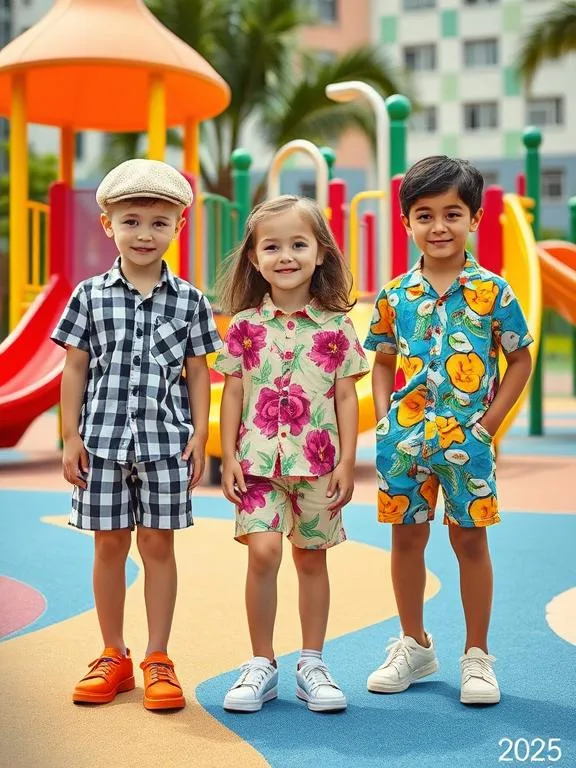
Kids grow quickly, and their clothing needs change just as fast. The right clothes can:
- Support Comfort & Mobility – Soft, stretchy fabrics allow for free movement.
- Promote Independence – Easy-to-wear designs help toddlers dress themselves.
- Ensure Safety – Avoid choking hazards (like small buttons) and opt for flame-resistant sleepwear.
- Boost Confidence – Fun colors and favorite characters can make kids feel good about what they wear.
Choosing the Best Fabrics for Kids
Not all fabrics are created equal when it comes to children’s clothing. Here are the best options:
1. Cotton
- Pros: Breathable, hypoallergenic, easy to wash.
- Best for: Everyday wear, sensitive skin.
2. Bamboo
- Pros: Eco-friendly, antibacterial, ultra-soft.
- Best for: Baby clothes, pajamas.
3. Organic Fabrics
- Pros: Free from harmful chemicals, better for the environment.
- Best for: Parents prioritizing sustainability.
4. Polyester & Blends
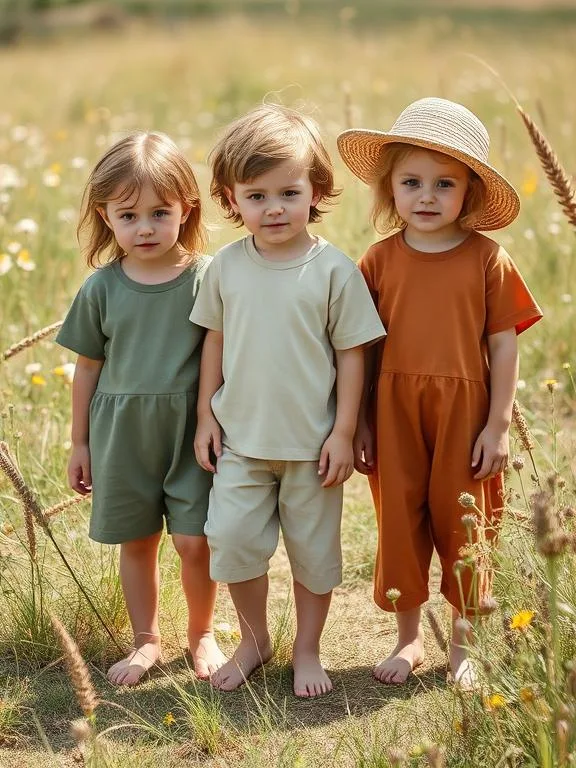
- Pros: Durable, wrinkle-resistant, quick-drying.
- Best for: Activewear, school uniforms.
5. Wool & Fleece
- Pros: Warm, moisture-wicking.
- Best for: Winter clothing.
Avoid: Harsh synthetics that can cause rashes or overheat little ones.
Key Factors When Buying Kids’ Clothes
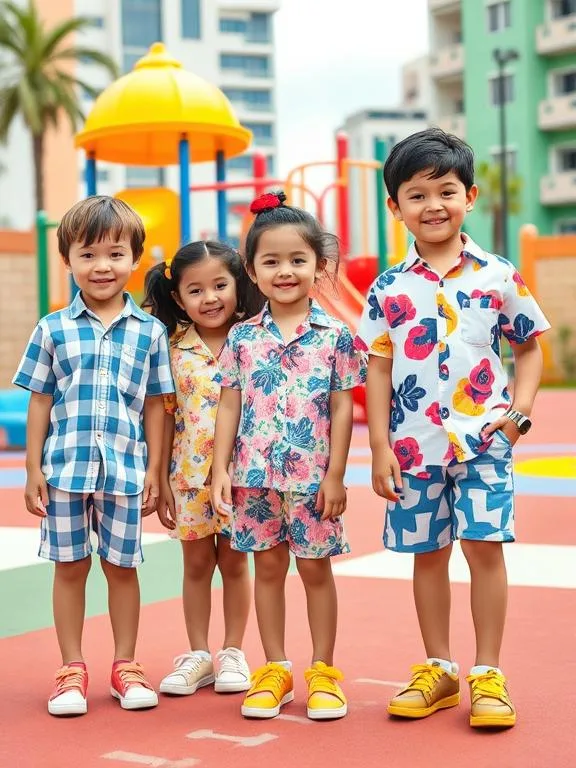
1. Size & Fit
- Kids grow fast, so consider buying slightly larger (but not too oversized).
- Look for adjustable waistbands and stretchy materials.
2. Ease of Dressing
- Zippers, snaps, and elastic waistbands make life easier for parents and toddlers.
- Avoid complicated outfits for young children.
3. Durability
- Reinforced knees, double-stitched seams, and quality fabrics last longer.
- Darker colors and patterns hide stains better.
4. Weather Appropriateness
- Layering is key for changing temperatures.
- Lightweight fabrics for summer, insulated layers for winter.
5. Safety

- Avoid drawstrings (a strangulation hazard for young kids).
- Check for flame-resistant labels on sleepwear.
Seasonal Wardrobe Essentials
Spring/Summer
- Lightweight t-shirts & tank tops
- Breathable shorts & skirts
- Sun hats & UV-protective swimwear
- Sandals & breathable sneakers
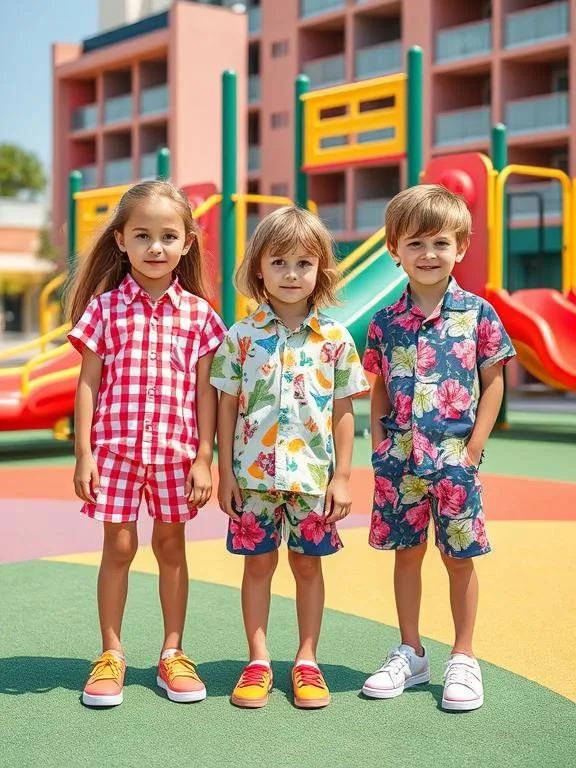
Fall/Winter
- Long-sleeve shirts & thermal wear
- Cozy sweaters & hoodies
- Insulated jackets & waterproof boots
- Mittens, beanies, and scarves
Year-Round Staples
- Pajamas (lightweight for summer, fleece for winter)
- Socks & underwear (always have extras!)
- Versatile jeans & leggings
Shopping Smart: Budget & Sustainability Tips
1. Buy Secondhand
- Thrift stores, consignment shops, and online platforms (like Poshmark or ThredUp) offer gently used kids’ clothes at a fraction of the cost.
2. Swap with Other Parents
- Organize clothing swaps with friends or local parenting groups.
3. Invest in Gender-Neutral Pieces
- Items like plain tees, joggers, and hoodies can be passed down between siblings.
4. Look for Sales & Clearance
- End-of-season sales are perfect for buying next year’s sizes.
5. Choose Sustainable Brands
- Brands like Hanna Andersson, Patagonia Baby, and Burt’s Bees Baby focus on eco-friendly materials.
Trends in Children’s Fashion (2024)
Kids’ fashion is always evolving! Here are some popular trends:
1. Gender-Neutral Styles
- More brands are offering unisex designs in neutral tones.
2. Bold Prints & Colors
- Animal prints, tie-dye, and bright patterns are in.
3. Eco-Conscious Clothing
- Organic cotton, recycled fabrics, and biodegradable materials are gaining popularity.
4. Retro & Nostalgic Designs
- 90s-inspired tracksuits and vintage cartoon characters are making a comeback.
5. Functional Fashion
- Reversible jackets, convertible pants, and stain-resistant fabrics are practical yet stylish.
Final Thoughts
Choosing the right children’s clothing involves balancing comfort, durability, and style while keeping budget and sustainability in mind. By focusing on quality fabrics, smart shopping strategies, and versatile pieces, you can build a functional and fashionable wardrobe for any child.
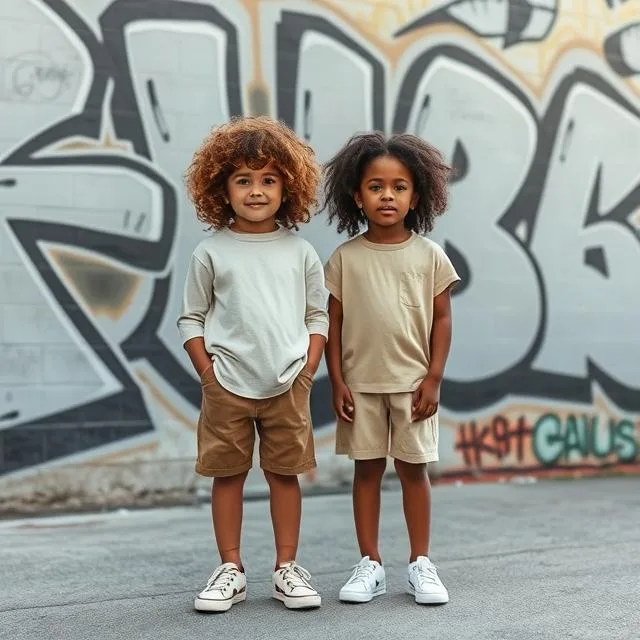
Whether you’re dressing a newborn or a picky pre-teen, the key is to prioritize their needs while letting their personality shine through their outfits.

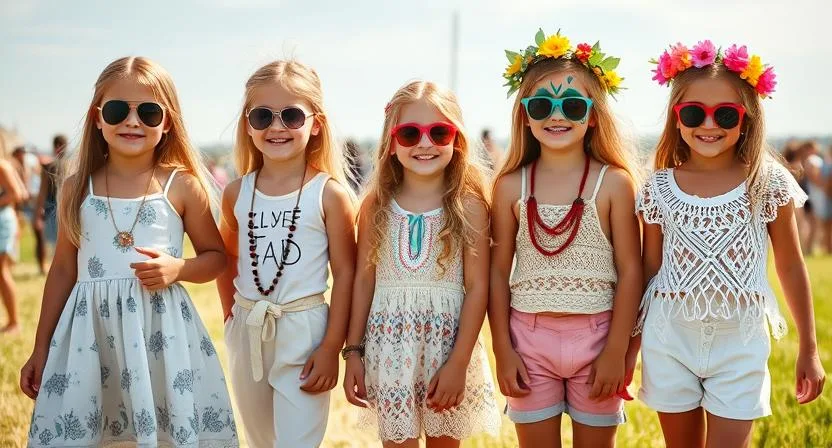
0 responses to “The Ultimate Guide to Children’s Clothing: Style, Comfort, and Practicality”